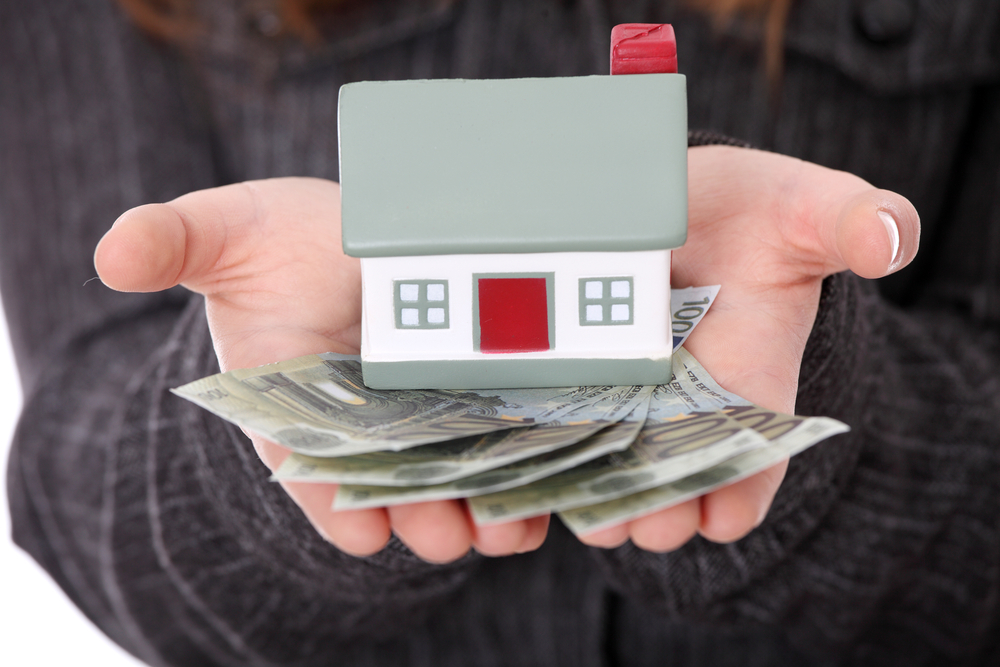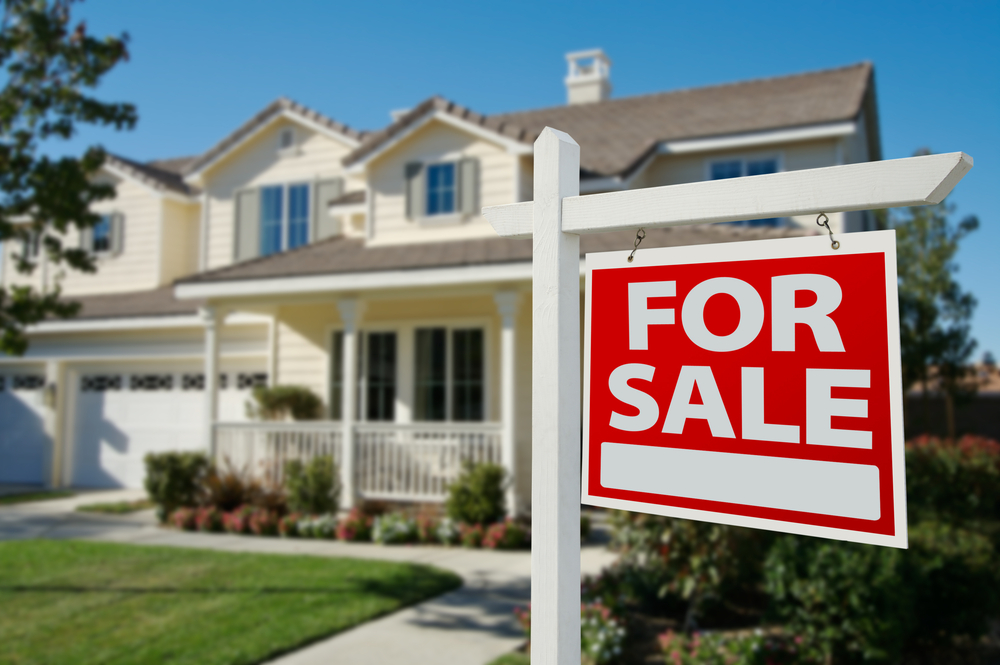Alternative Income through Commercial Properties
A step-by-step guided to get you started with your first investment in real estate

The Covid-19 pandemic underscored the importance of having one’s own house, one’s own place to get shelter from the storm outside. However, trends in the past decade have pointed towards the Indian population following a western philosophy of renting a property instead of buying. Investment advisors suggest renting as a newfound way to better the standard of living as one doesn’t have to worry about paying EMIs. However, the pandemic highlighted the importance of owning one’s own house – not as an investment but as the safest place on earth.
Second key teaching of the pandemic would be reminding us of the power of passive income. Every professional has learned the importance of having multiple income sources during these hard times. Every business operates on a simple formula – Sales minus expenses equal to profit. Yet how could there be any profit as the sales plummeted in the last two years? On the other hand, one cannot get rid of all the expenses. It may be possible to cut down on few but what about EMIs, home loans, or personal loans? Salaried employees and businessmen, everyone is facing the same pain.
Let’s look at how passive income can be generated through real estate.
How to get started with Passive Income?
When it comes to earning passive income there are multiple asset classes like real estate, fixed deposit, stocks, mutual fund and gold, so how to discern between the different asset classes? In order to do that, let’s understand the attributes of any successful investment which makes it reliable.
First it has to be stable which simply means it should be non-volatile, second it has to be predictable and third you need to have control over the way you choose to invest. Since it’s an investment, ROI (return on your investment) plays an equally important role and acts as glue which holds all these attributes in place.
If we apply these attributes to asset classes, we can immediately rule out stocks due to their volatile nature, FDs’ due to poor ROI and gold due to unpredictability. However, if we focus on real estate, we have all three attributes complementing each other. When I say real estate my indication is towards commercial real estate where investment fetches superior rental yield, this rental income is stable, predictable and you have all the control in choosing the right property as per your ROI expectation making real estate ideal for passive income source.
A recent report jointly released by Housing.com and National Real Estate Development Council (NAREDCO), pointed out as many as 35 per cent of respondents preferred to invest in property over gold (28 per cent), fixed deposits (22 per cent), and stocks (16 per cent).
How to Earn Passive Income through Real Estate?
This is essentially a dummy guide in order to get you started with the first investment in real estate. There are three options:
Firstly, we must understand that we all work for money. Types of income we generate can be classified in three broad categories, namely, active income, portfolio income, and passive income. Active income is what you get when you work, either as a salaried employee or a self-employer. Portfolio income is generated through investment options such as stocks and mutual funds. Passive income is generated through investments like real estate. Passive income, however, is only generated through commercial real estate. There are three main categories in commercial real estate, as follows:
We generate income through various sources as mentioned below:
Considering the current market conditions, commercial real estate is going through a challenging phase since the last couple of years. Work from home operations systems may hold a strong impact for a few years from now. As per a source, approximately 10 million square feet space of IT infrastructure has gone vacant during the Covid-19 pandemic. Due to this, commercial property becomes more favorable for buyers. One can decide to go with the following options to choose your stage of buying properties. Each option has its own pros and cons. Based on one’s risk appetite and ticket size one can choose the ideal property for them.
Option 1) Pre-Leased Property (Moderate Risk, Moderate-High Return) - but what exactly is pre-leased property?
A property that is already leased to a tenant and then sold to a buyer along with that rent as income. This is a superior option as you have more control over your investment along with stable & predictable rental income from day one.
|
Pros |
Cons |
|
ROI start from day 1 which is between 5% to 7.5% depend on property type |
You always pay Premium to buy pre-leased e.g. for ₹100 property you have to spend ₹110 |
|
Low Risk considering ready property with the tenant in place |
You may need to find other tenant in case, existing tenant left premises after completing his period or if he decided to quit |
|
You can Root 20% own contribution and can avail 80% LRD (Lease Rental Discounting) |
Less capital appreciation scope Since you are buying at high cost |
|
Minimum lock-in period starts from 1 year to 5 years |
|
Option 2) Under Construction Property (High Risk, High Return) - A lot of advisors are against under construction properties due to poor commitment from the developers leading to delayed possession, but if you are working with expert property advisors and do it right, you make the most money in under construction property and that’s because you have all the control to choose the ingredients of a successful commercial property like super prime location, balanced demand and supply, excellent builder track record and tenant favoring configuration.
Investors with a long-term perspective should take the advantage of the market which is favoring buyers like never before; you have a chance to acquire super-prime properties at marked down prices with all-time-low interest rates of 7.15 to 7.8 per cent.
If you choose from the below mentioned parameters, so you can minimise risk to go for under construction option:
- Check builder has good track record
- Prime location
- Grade A Commercial
|
Pros |
Cons |
|
ROI will be much higher compare to earlier option, it may vary from 8% to 12% |
Risk at Delay possession |
|
Attractive per sq.ft. acquisition cost |
Hard to find tenant once complete the property |
|
Better ROI on preleased |
|
|
Better Capital Appreciation scope |
|
|
Payment construction link plan |
|
Option 3) Ready to Move in (Low Risk, Low Return) is mostly preferred by end users, even though RTM mitigates the risk of late possession, as an investor you have less scope of making money, the primary reason being since it is ready, you end up paying premium to acquire the property against the stagnant rental yield which impacts the ROI.
|
Pros |
Cons |
|
ROI will be as per current market situation; it may vary from 6% to 8% |
Hard to find tenant considering current market |
|
Acquisition cost as per current market |
100 % upfront payment |
|
Better Capital Appreciation scope |
|
I would like to close with a quote from marquee investor and billionaire, Warren Buffet, “Bad news is the investor’s best friend.”
Feel free to get in touch to know more about how you can earn Passive income through Real Estate.
The author is the Founder and CEO of Dream Works Realty.
DISCLAIMER: Views expressed are the author’s own, and Outlook Money does not necessarily subscribe to them. Outlook Money shall not be responsible for any damage caused to any person/organisation directly or indirectly.









